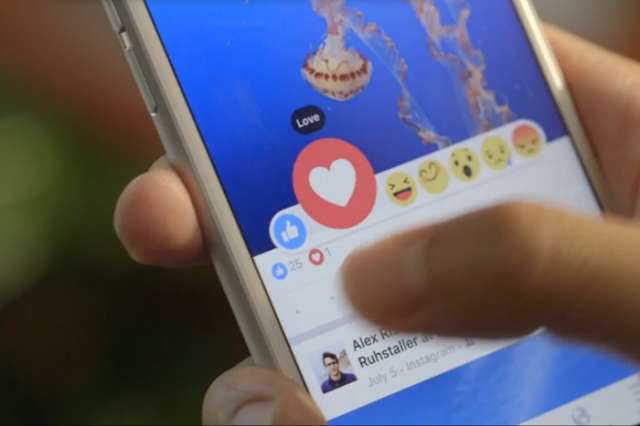The new buttons, which were first unveiled in October last year, have been on trial in Spain and Ireland - but as of today we all get to use them.
You`ll probably notice a subtle difference as you scroll down your Facebook news feed and might spot little smiley faces under your friends` posts.
To check out the new reactions, just hover over the like button on desktop - or hold it down on mobile - and a bubble will pop up allowing you to choose a love heart or several emoji representing amusement, sadness, anger or shock.
What does this mean for us? Well, if you post a photo of your outfit before you head out for the night - thinking you look really good - and people start responding with the sad emoji, then you might want to get changed.
It doesn`t mean we`re waving goodbye to the like button - you can carry on using that. But it means our Facebook feed will never be the same again.
CEO Mark Zuckerberg said: "The philosophy behind it is that when you only have a `Like` button, if you share a sad piece of content or something that makes you angry, people may not have the tool to react to it.
"We want people to be able to share all of the things that are meaningful to them, not just the things that are happy and that people are going to `like` when they see it."
Although the introduction of new reactions prompted excitement on social media when it was first announced, many Facebook users are still disappointed Zuckerberg chose not to introduce a "dislike" button - one of the site`s most requested features.
Zuckerberg said that at the time that he had ruled out a dislike button because he was concerned it would cause negativity.
"We didn`t want to just build a dislike button because we don`t want to turn Facebook into a forum where people are voting up or down on people`s posts. That doesn`t seem like the kind of community we want to create," he said.
More about:
















































